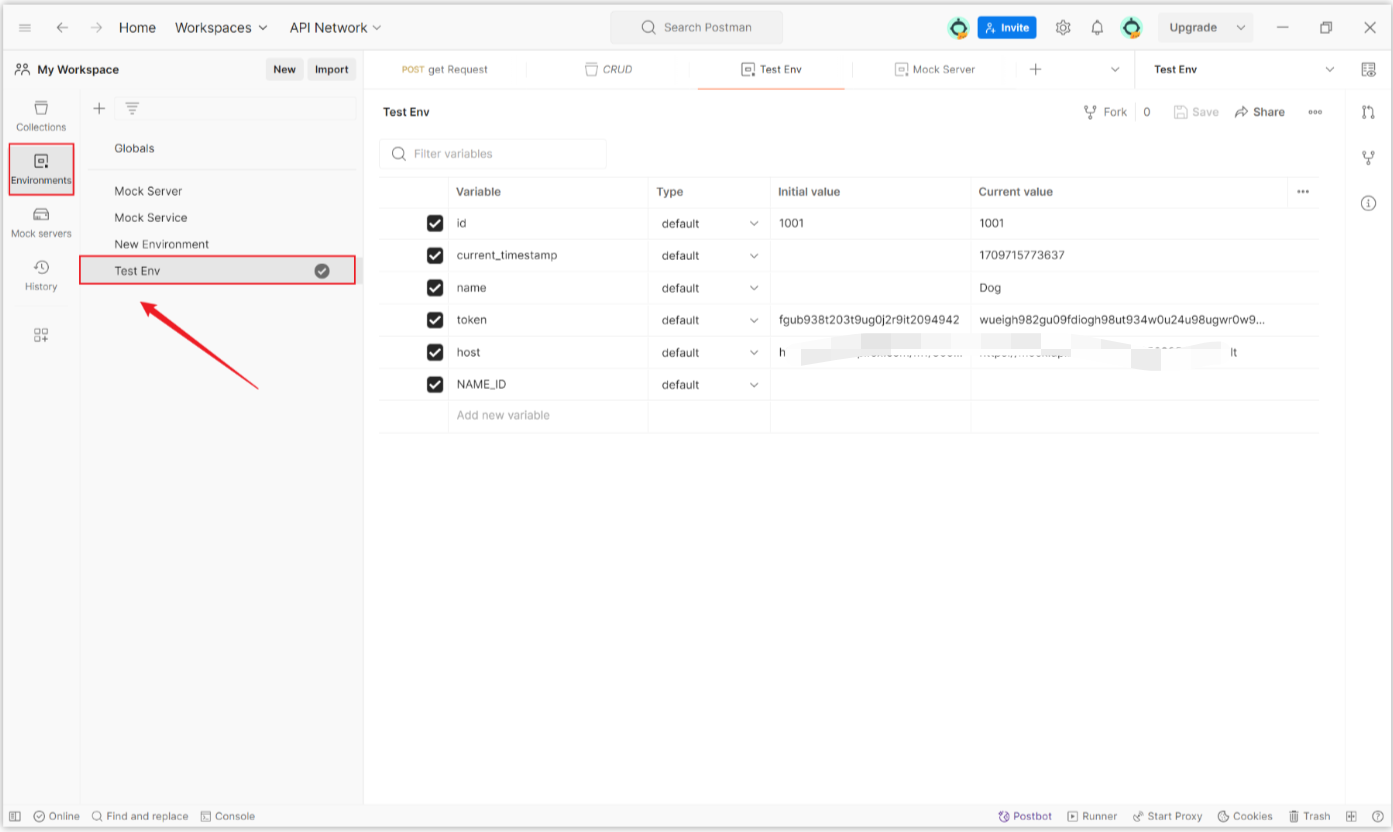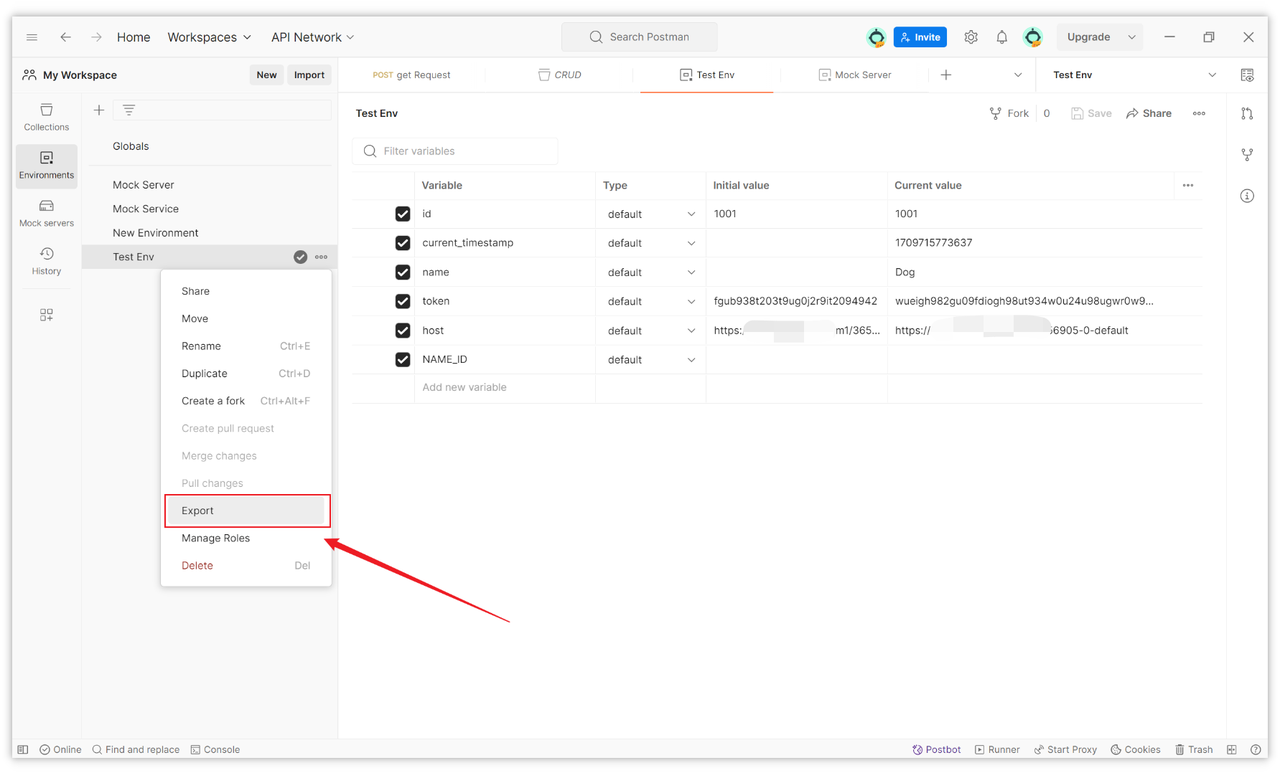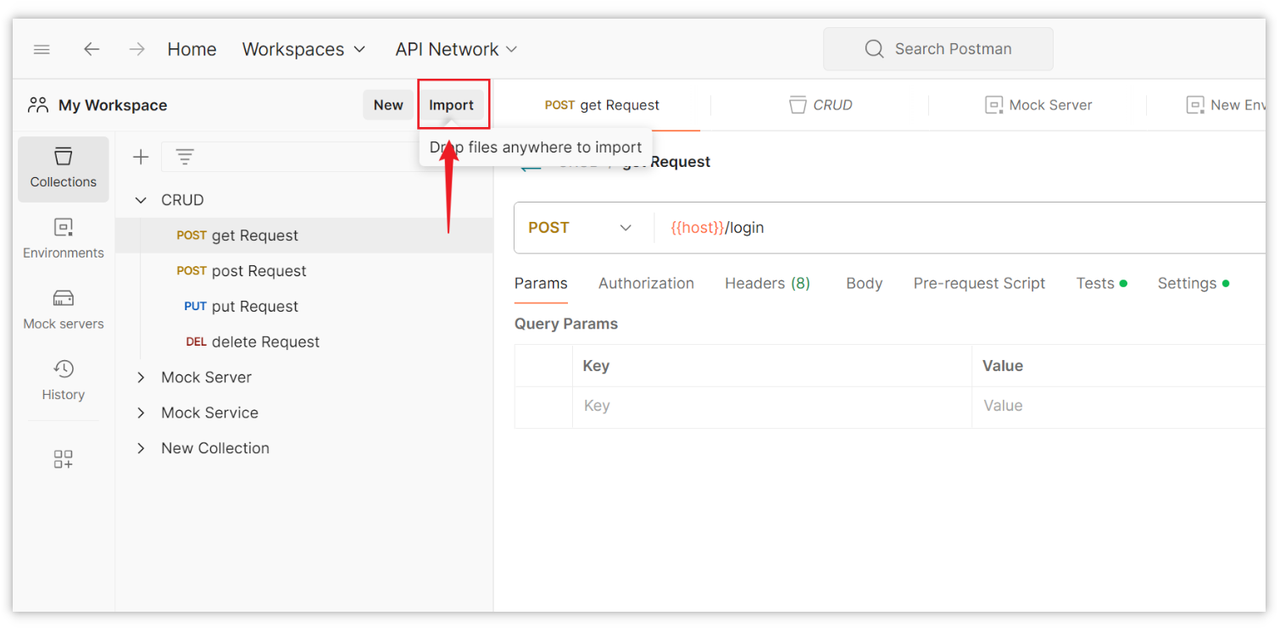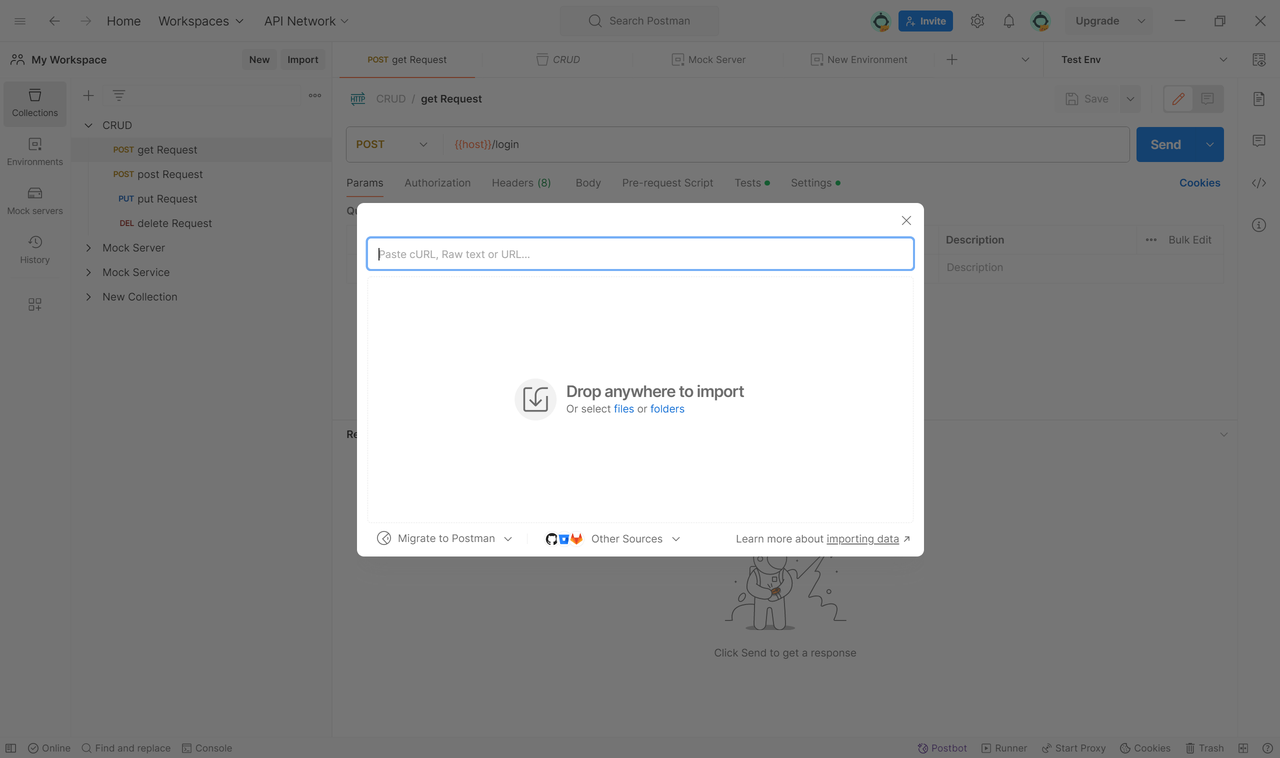How to Import and Export Environment Variables in Postman?
This article explored methods for importing and exporting environment variables in Postman. Environment variables are crucial for adjusting API configurations in different development, testing, and production environments.
Today, let's discuss how to import/export environment variables within Postman. First, let's review what environment variables are. Simply put, environment variables are like personalized settings for your code. They enable you to flexibly switch between various configurations of APIs in different development, testing, and production environments. For example, you can set different API endpoints and keys for development and production environments, making switching between them effortless.
Why Export Environment Variables?
You might wonder why you need to export these environment variables. There are several reasons: perhaps you're changing computers, or you want to back up your current settings, or maybe you need to share your environment settings with team members. Whatever the reason, knowing how to export and import these settings will certainly make your work smoother.
How to Export Environment Variables in Postman
Let's get to the point and see how to export environment variables.
Preparation
First, ensure that your Postman is the latest version, and remember to back up all important data to avoid any mishaps.
Export Steps
- Open Postman and navigate to the "Environment" tab on the left.

- Find the environment variables you want to export, click on it, then click "..." where you'll see an "Export" button. Clicking it will export the environment variables.

- Next, it will prompt you to generate a file, defaulting to JSON format. Finally, choose a location to save your environment variables file and click "Save" to complete the process.
How to Import Postman Environment Variables
Since we've exported the environment variables, the import process is also straightforward.
Import Steps
- Open Postman and click the "Import" button on the page.

- Find the environment variables file you exported earlier and select it. After importing, you can see your environment variables in the list. Click to verify if everything is in order.

Common Questions and Answers
During the export and import process, there might be some minor issues such as file not found or incorrect format. In most cases, confirming the file path and selecting the correct export format can resolve these issues.
Summary
This article explored methods for importing and exporting environment variables in Postman. Environment variables are crucial for adjusting API configurations in different development, testing, and production environments. The need to export environment variables arises from reasons such as changing devices, backing up settings, or sharing with teams. Postman provides an intuitive way to export and import these variables, which can be done through simple steps.

Learn more:
Learn more:
